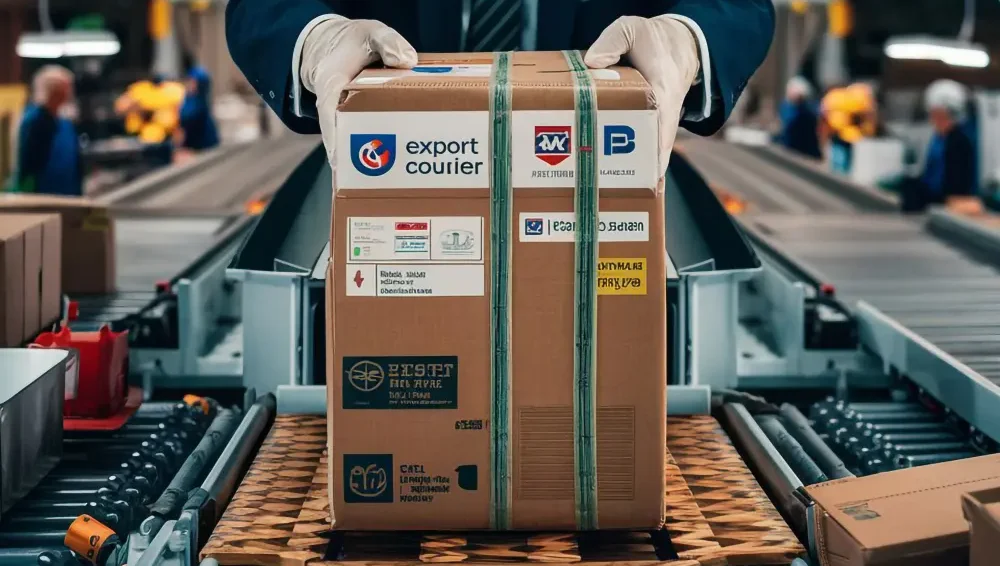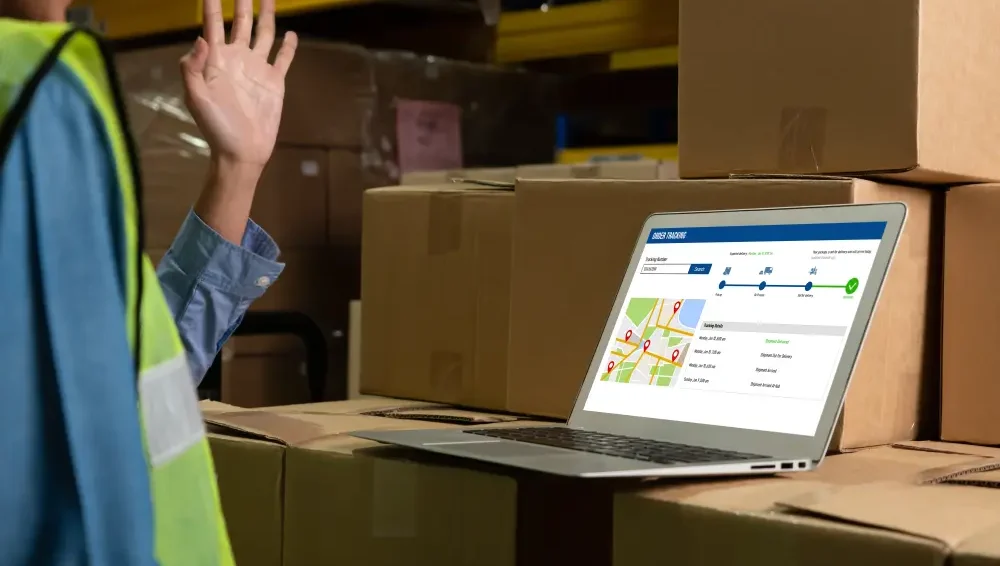In a fast-paced business environment, managing purchase orders manually can lead to delays, errors, and inefficiencies in your supply chain. Automating the purchase order process with a Purchase Order Management Module not only streamlines operations but also significantly reduces the risks of mistakes and improves overall business performance. Here’s how automating your purchase orders can save you time and reduce costly errors.
1. Faster Purchase Order Creation and Processing
Manual purchase order creation involves multiple steps, from gathering order details to obtaining approvals. This can take hours, or even days, depending on your organization’s workflow. Automating the purchase order process simplifies and speeds up these steps.
How automation accelerates purchase order creation:
– Pre-built templates: Automated systems use predefined templates that pull product, supplier, and pricing information directly from your database, reducing the need for manual data entry.
– Automatic approvals: Set up approval workflows that automatically route purchase orders to the right person, ensuring quick approvals without unnecessary delays.
– Instant processing: Once approved, purchase orders are instantly generated and sent to suppliers, speeding up the entire process.
With automation, businesses can process purchase orders in a fraction of the time, ensuring timely deliveries and minimizing supply chain disruptions.
2. Reducing Human Errors in Data Entry
One of the biggest risks in manual purchase order processing is human error. Typos, incorrect quantities, or missed details can lead to wrong orders, delayed deliveries, and damaged supplier relationships. Automation reduces the potential for these mistakes.
How automation reduces errors:
– Accurate data input: Automation pulls data directly from your inventory or procurement system, eliminating the risk of incorrect information being entered manually.
– Automatic calculations: The system calculates totals, taxes, and discounts accurately, reducing the risk of miscalculations.
– Error-checking: Automated tools validate purchase order information before sending it to suppliers, flagging any discrepancies for review.
By eliminating manual errors, automation ensures that purchase orders are accurate and reliable, minimizing delays and costly mistakes in your supply chain.
3. Streamlined Communication with Suppliers
Communication gaps between businesses and suppliers can lead to delays, confusion, and order errors. A Purchase Order Management Module facilitates seamless communication by automating the entire purchase order lifecycle—from creation to delivery to follow-up.
How automation improves supplier communication:
– Real-time updates: Suppliers receive purchase orders instantly and can respond quickly, ensuring that orders are processed and delivered on time.
– Tracking and notifications: Automated systems provide real-time updates on the status of each purchase order, allowing businesses and suppliers to track progress, delivery schedules, and potential issues.
– Faster dispute resolution: In case of order discrepancies or issues, automated systems streamline the communication process, allowing businesses to resolve problems quickly and efficiently.
With streamlined communication, businesses can maintain better relationships with suppliers, leading to improved order fulfillment and stronger partnerships.
4. Enhanced Compliance and Record-Keeping
Manually managing purchase orders can make it difficult to keep accurate records, which are essential for auditing, compliance, and tracking expenses. An automated Purchase Order Management Module ensures that all records are properly stored and easily accessible.
Benefits of automated compliance and record-keeping:
– Automatic documentation: Every purchase order, from creation to approval and fulfillment, is documented and stored automatically, ensuring accurate records for auditing purposes.
– Regulatory compliance: Automated systems help businesses stay compliant with procurement regulations by maintaining detailed records of all transactions and approvals.
– Quick retrieval: If you need to review a past order or verify compliance, automated systems allow you to access records instantly, saving time and effort.
By automating record-keeping, businesses ensure they have a complete audit trail, reducing the risk of compliance issues and financial discrepancies.
5. Better Inventory and Cost Management
Automating purchase orders also helps businesses manage inventory levels more effectively, ensuring that stock is replenished as needed without over-ordering or running out of key products.
How automation improves inventory and cost management:
– Automated stock levels: The system automatically triggers purchase orders when inventory reaches a certain threshold, ensuring timely replenishment and preventing stockouts.
– Cost control: Automated systems allow you to track expenses in real time, helping businesses monitor purchase costs and identify potential savings opportunities.
– Prevent over-ordering: Automation ensures that you only order what’s needed, reducing excess inventory and associated carrying costs.
By optimizing inventory management and controlling costs, businesses can operate more efficiently and improve their bottom line.
Conclusion: Automate Purchase Orders for a More Efficient Supply Chain
Automating your Purchase Order Management is a game-changer for businesses looking to streamline their supply chain, reduce errors, and save time. From faster order creation to improved communication with suppliers, automation helps businesses stay on top of their purchasing processes, avoid costly mistakes, and maintain optimal inventory levels. Investing in a Purchase Order Management Module is key to building a more efficient and reliable supply chain.



